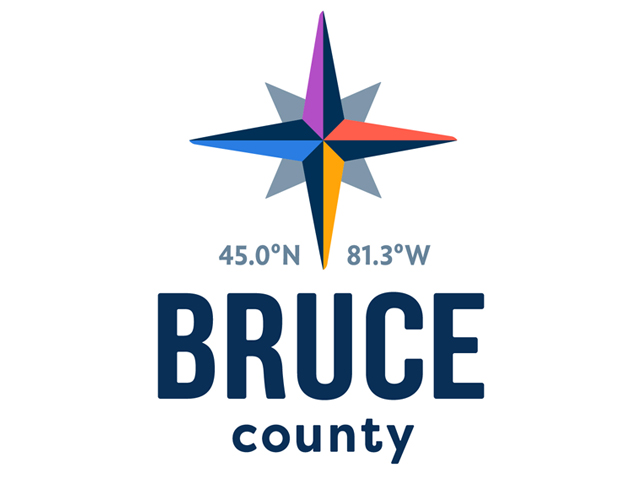Bruce County Offers Resources for Creating Additional Residential Units

Bruce County is pleased to announce the launch of the third phase of the Affordable Housing Development Toolkit. This phase shares an “Additional Residential Unit” Guide with homeowners, landlords, and builders that offers step-by-step resources covering design considerations, financial considerations, and the municipal approvals process. This guide also contains insights and considerations specific to the County context, as well as tools to help affordable housing projects come to life. Explore the “Additional Residential Units” Guide at www.brucecounty.on.ca/additional-residential-units.
What are Additional Residential Units?
Bruce County defines Additional Residential Units (ARUs) as “a separate residential unit that is located within a detached house, semi-detached house, or rowhouse or within a building or structure that is ancillary to a detached house, semidetached house, or rowhouse”. ARUs function as additional homes on a property, with their own entrance, kitchen, bathroom, living quarters, and sleeping areas. They may be used by members or relatives of the household or rented out.
In Ontario, additional dwelling units have, at various times, been called apartments in houses and secondary suites, but with the growing need for affordable housing options, the province has, over time, expanded the number of additional units that may be permitted on a property, through Bill 140 (Strong Communities through Affordable Housing Act, 2011); Bill 108 (More Homes, More Choice Act, 2019); and Bill 23 (More Homes Built Faster Act, 2022). Additional residential units are also sometimes referred to as: granny flats, in-law suites, basement suites, laneway homes, accessory dwelling units (ADUs), and more.
“Ensuring that everyone in Bruce County has housing that is suitable and attainable to them at every life stage requires creativity and embracing new ideas of what housing can be. Creating additional residential units is a way to unlock more housing supply, while increasing the diversity of housing options in our communities. When people create ARUs, it's an investment that not only benefits the homeowner, but the entire community and beyond”, says Tania Dickson, Manager of Housing Services. “Increasing the affordable housing stock is a key strategy in Bruce County’s Housing and Homelessness Plan.”
“Homeowners and landlords are encouraged to seize the opportunity to create the affordable housing that communities in Bruce County need,” adds Christine MacDonald, Director of Human Services. “Bruce County Planning & Development and Human Services departments can assist at each stage of the development process to ensure a win-win for all. Together, we can create the housing we need to sustain a healthy and prosperous future for Bruce County.”
Discover the Additional Residential Units Guide
Revisit the Affordable Housing Toolkit
Background Information:
The phased updates to Bruce County’s Affordable Housing Development Toolkit features guides tailored to developers of multi-residential buildings, developers and builders of low to medium density housing, and homeowners or landlords who could intensify their properties. These toolkits will build on the Affordable Housing 101 Guide.
It is broadly accepted that housing is affordable when a household is not spending more than 30% of its income on housing costs. The province has also defined affordable housing thresholds for households of low and moderate income. For ownership housing, the affordable housing threshold is housing that is affordable to households with incomes at the 60th percentile. For renter households, the affordable housing threshold is 100% of average market rent as published by Canada Mortgage Housing Corporation (CMHC). In Bruce County, the affordable housing thresholds for 2020 were rents below $1,014 and ownership costs below $346,600.
 Logo
Logo